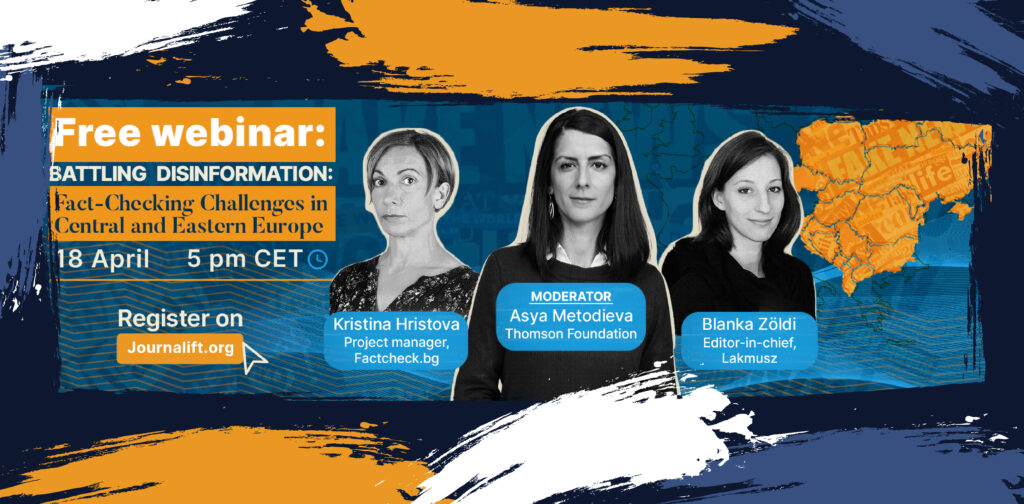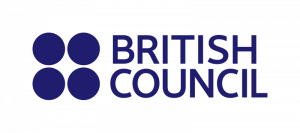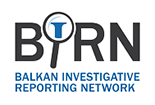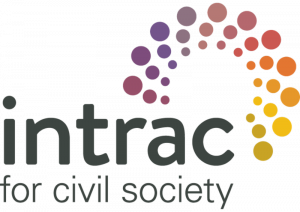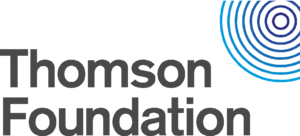One of the issues that many Newsrooms face is an amateur approach to management. Often, media organisations are run by people who might have been brilliant journalists in the past, moved up in the ranks but have never had any formal leadership training. This means that their approach to management becomes a lottery: some are natural leaders, others find management an unwelcome chore distracting them from editorial decisions. Sloppy, hands-off management style, by itself, becomes a threat to the success of your media organisation. Leadership is a skill that must be learned, and good managers have knowledge and instruments that allow them to motivate and lead their teams successfully.
In my management experience, one of the most important skills you need as a leader is effective communication.
Surprisingly, journalists who are usually very good at communicating with people while newsgathering or reporting, often find formal, organised communication in the newsroom annoying and almost embarrassing. They tend to see it as a bureaucratic exercise and a waste of time. Professional managers, however, would argue that strategic, timely and well-planned communication can, in fact, save you a lot of time and trouble. This becomes particularly important when your newsroom is going through a period of change and transformation: launching new platforms, restructuring, expanding or reducing staff, working in an unstable and threatening political environment, working remotely due to Covid restrictions etc.
These are the times when as a leader you must put a lot of effort into consulting, informing, and updating your team as well as creating space and opportunity for them to express their views and share information with newsroom managers.
What are the specific ways of communicating effectively in a media organisation? Here are four key tools you can use to successfully lead your team:

1. Strategy consultations
Big decisions usually come from above. Senior managers make decisions and expect employees to execute them. These decisions usually require people to get out of their comfort zone, change their routine, learn new skills, work harder. Inevitably, this creates tension and resistance. So, what is the best way to motivate and encourage your team to support the change you need to implement? Make them own it. Once you know what your newsroom strategic goals will be, try to involve your staff in the process of decision making.
Do it in an open, informal way. Depending on the size of your newsroom and the set-up, it could be organised as a series of departmental meetings. Discuss the needs of the organisation, based on the audience and market research, finances, competition. Ask your employees about their vision and ideas. Make sure that you moderate that discussion (or bring an outside moderator if you feel that your involvement may affect what people will be prepared to say openly). Keep everyone focused on the future, on what has to be achieved but make sure that they feel that they can make their own suggestions. Show your employees that their opinions matter and let them feel like they are involved in the development of the new strategy and understand why changes are necessary and had a say in how those goals might be achieved.
You can use stick-it notes to split your team’s suggestions and concerns into SWOT-style diagram (Strengths-Weaknesses-Opportunities-Threats) or just write down most common thoughts and ideas, process them and distribute afterwards.
The main purpose of this exercise is for you to share the bigger picture and vision which managers often assume their employees don’t need to know and to make your team feel that they co-own the strategy, that they had a say so that you work together towards clear strategic goals.

2. Team meetings
Editorial meetings take place in all Newsrooms – it’s the time when you discuss stories, treatments, planning your special projects. However, I often came across media organisations that never have team meetings. They are in fact a very important tool for your leadership kit. Use them to talk to your team about non-editorial issues: changes in finances, strategy, structure of the team, new appointments, job opportunities. Traditionally, they can be held biweekly or monthly, depending on the needs and the size of your team.
One very important thing to remember is to allow people to voice their concerns and talk about the issues they have, whether it is a malfunctioning kettle in the kitchen or not enough people on an evening shift in the newsroom. It is crucial to encourage regular open and honest feedback as otherwise frustration tends to accumulate, and you will have to deal with a problem once it escalates and explode in your face.
Many organisations especially during the pandemic replaced face-to-face meetings with email and messenger services. However, this isn’t an ideal way to talk to you team. These sorts of updates tend to be one-way only and don’t encourage open conversation with the employees. If you can’t meet in person, a video meeting with manager making sure everyone had a chance to speak, would be a better option.
Another reason it is particularly important when you deal with journalists: they tend to distrust authorities and thrive on gossip. And when there is a perception that a management team is not sharing information, they often try to fill the gaps with rumours. You might have only been planning to change one job description but the whole newsroom is already whispering about threats of mass sackings. It is better to share information as soon as you can to control it.
It is often tempting for managers to only share good news: new jobs, grants, investment. It is important that you also openly and honestly talk about bad news to your team: reduction in grants, dropping audience figures, new stronger competitors. This will create an atmosphere of trust.

3. Feedback
Whenever you ask your team to do something, especially something new, like a special project, or launching your content on a new platform or in a new format, it is crucial that you create time and space for analysis and feedback.
Old-style management, particularly in Eastern European, post-Soviet countries is only to react and engage when something wasn’t done well. We all came across newsroom editors who only pay attention to junior team members when they shout at them for not doing their job properly. Praising a job that is well done to these leaders seems almost embarrassing, a sign of weakness.
However, people react much better and learn more from positive affirmation. It encourages them to repeat success and sets a good example for the whole team, showing them what exactly you expect their work to be like. Praise is a very effective tool if you want to inspire and motivate.
Remember to involve not just journalists but also the technical team: designers, cameramen, editors – their work too needs evaluation, and they can give you valuable perspective and ideas.
It is equally important to allow people in the feedback sessions to talk about their experience, negative as well as positive, especially if this is new project or content you just launched: honest conversation would allow to fine-tune workflows, adjust resources to achieve best results. Ideally, you should have regular feedback sessions for all content you produce, more frequent and thorough when it is new, but still regularly look at old established projects and platforms to discuss how they can be changed or improved.

4. Appraisals
Pretty much all well-managed organisations have a system of regular staff appraisals. Those are yearly meetings between a manager and an employee where they can, in confidence, discuss the company’s objectives and the person’s performance, individual needs, and aspirations, set new career goals and give honest feedback. It wouldn’t be possible for one editor to appraise every employee unless you have a very small newsroom (up to 6-7 people). If you have a larger team, more senior members would usually manage and appraise junior staff with each having several people they are responsible for. This is called a line management system and may not match your editorial structure. Some companies involve their Human resources department.
Generally, an appraisal is split into two main parts: looking at the past year, analysing together what has and has not been achieved and why, and then discussing the year to come. It is important that individual professional goals of a person are aligned with the company’s strategic goals. Appraisal meeting gives you a chance to talk about accomplishments, salaries, work conditions, personal development, training as well as about long-term aspirations. Manager and an employee should agree certain specific action point for the next 12 months and result indicators.
For example, your journalist is keen to start producing video content. This fits your company’s strategy of expanding to the Social media platforms with multimedia content. As a manager, you agree to arrange training and provide equipment while the journalist commits to producing regular videos that would accompany their stories on a weekly basis.
You can create a standard form for your organisation that you fill in and keep on your employee’s file to review it in one year’s time. Many companies also do a shorter mid-term appraisal after six months, to be sure that they are on track with what was agreed.
These communication tools are just few of many you develop and use as a manager. It may feel at the beginning that such a structured approach to talking to your team is too formal but with time you will find that this reliable regularity in two-way communication provides your team with the sense of security. It gives them confidence that they take part in developing your newsroom’s goals which means they will also be happy to take responsibility in working with you to achieve them.
















